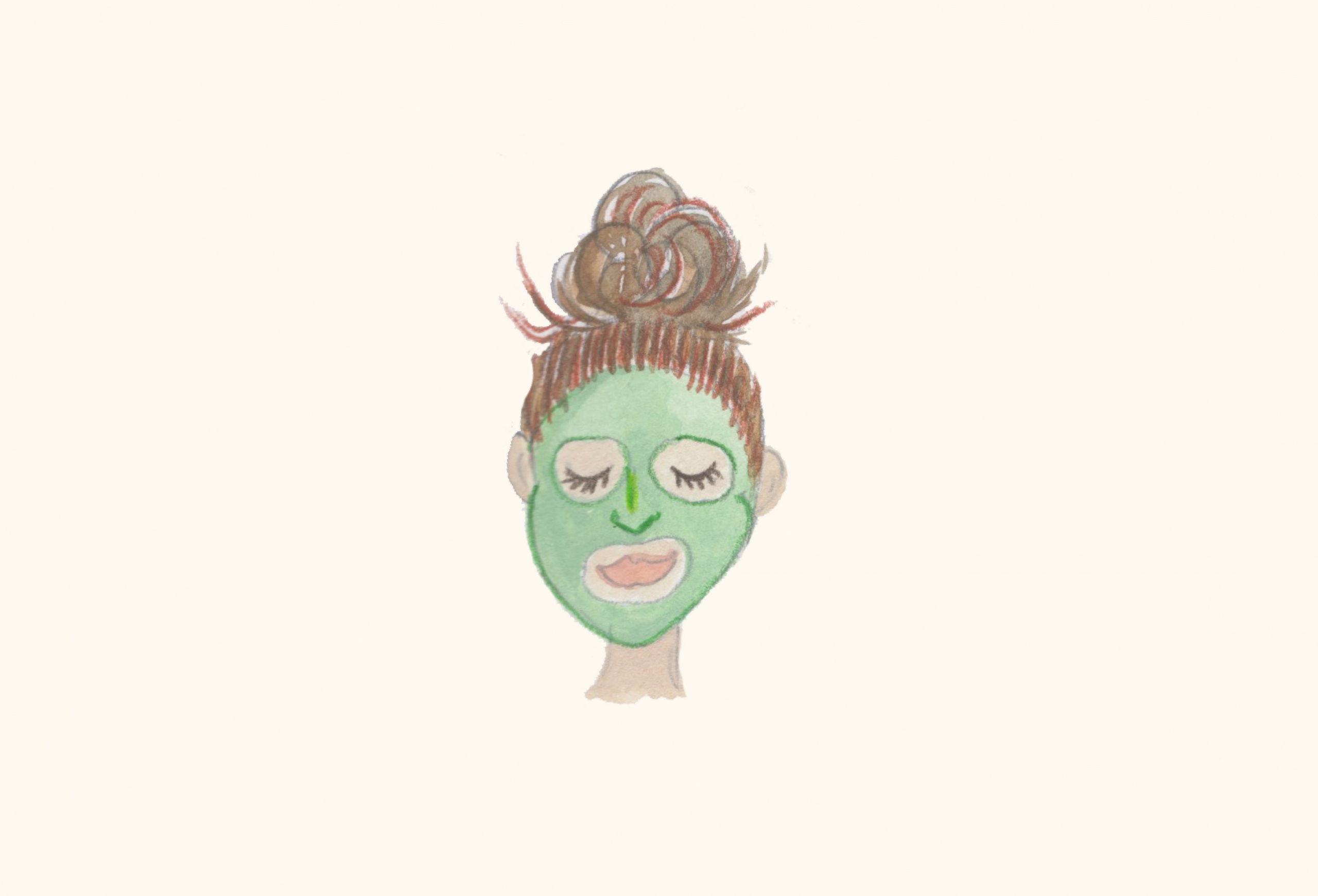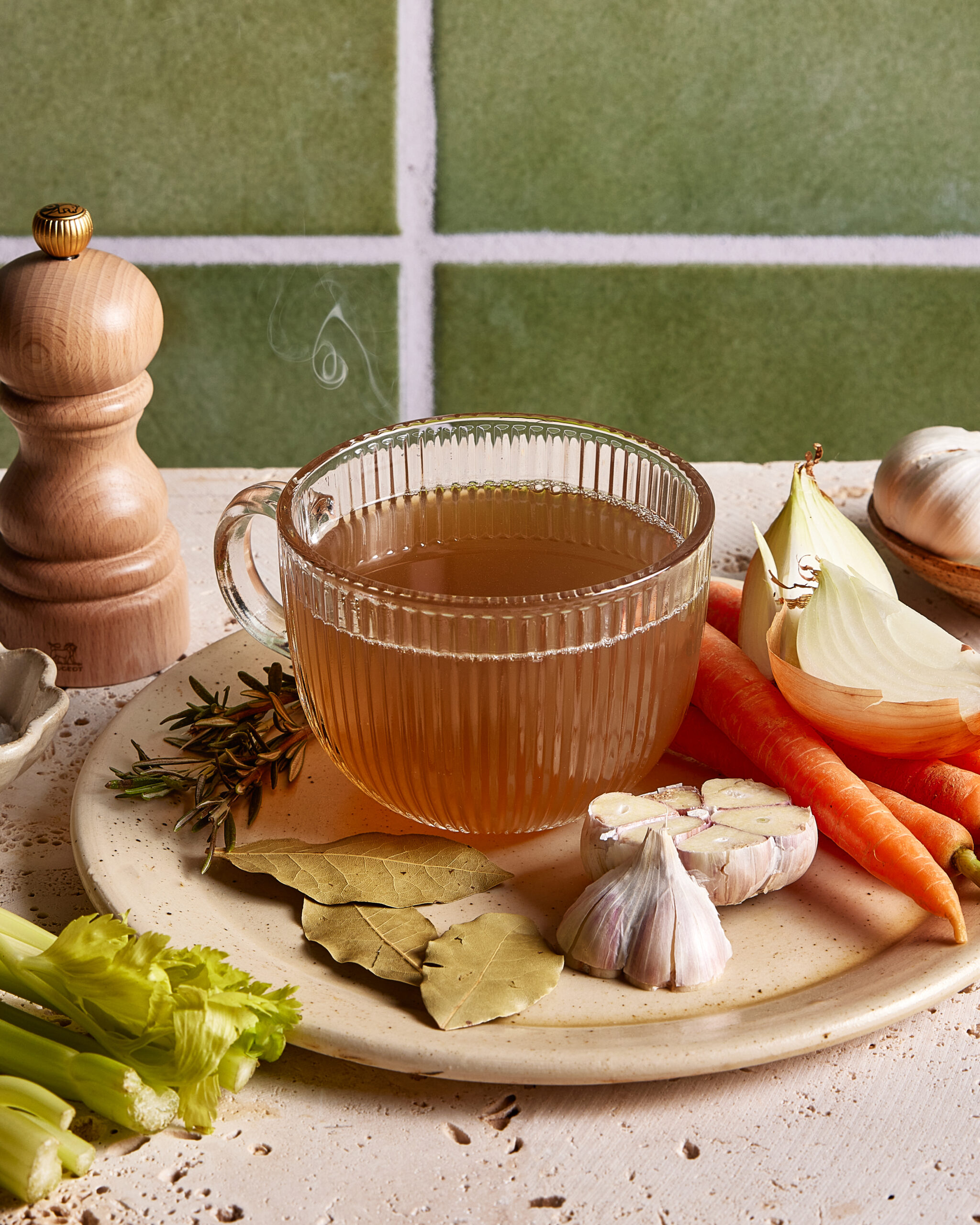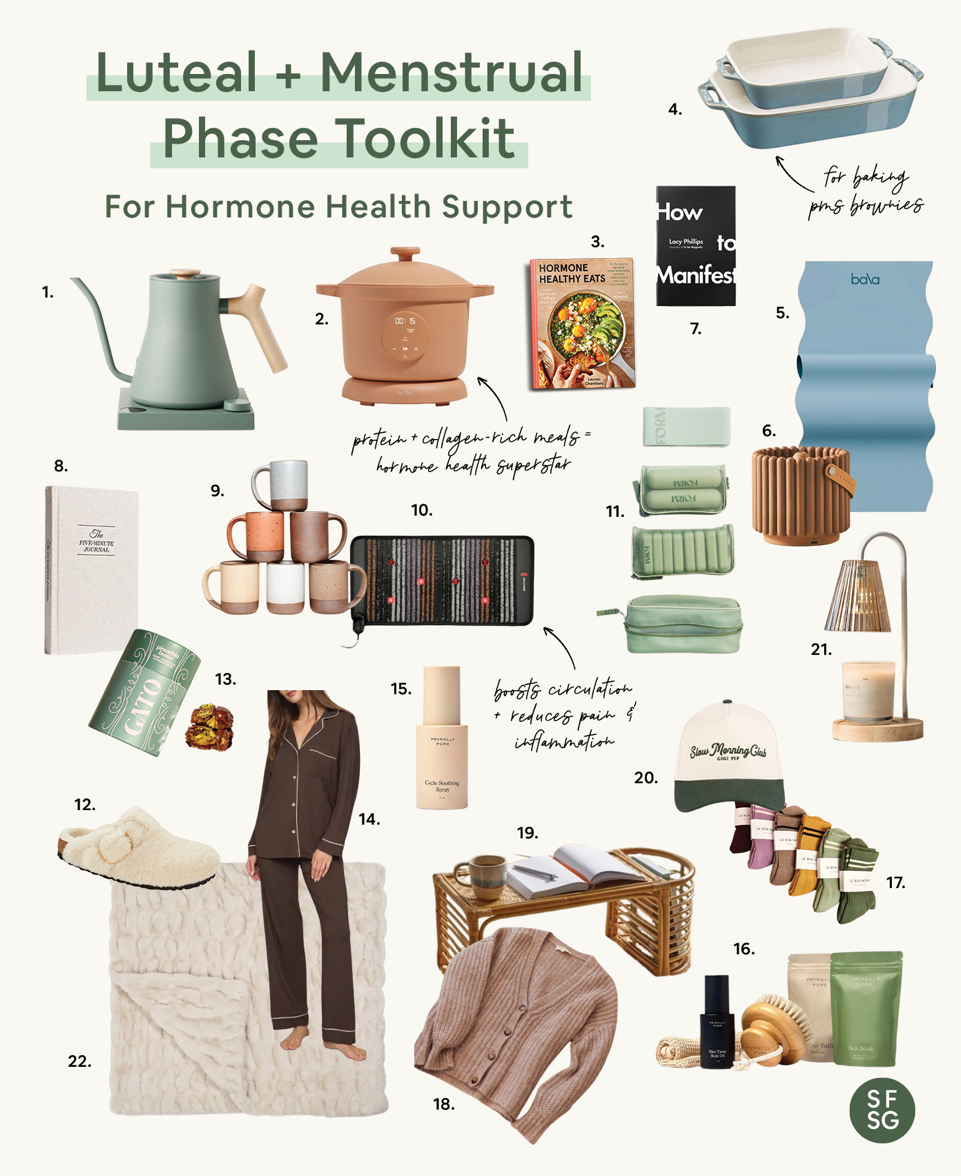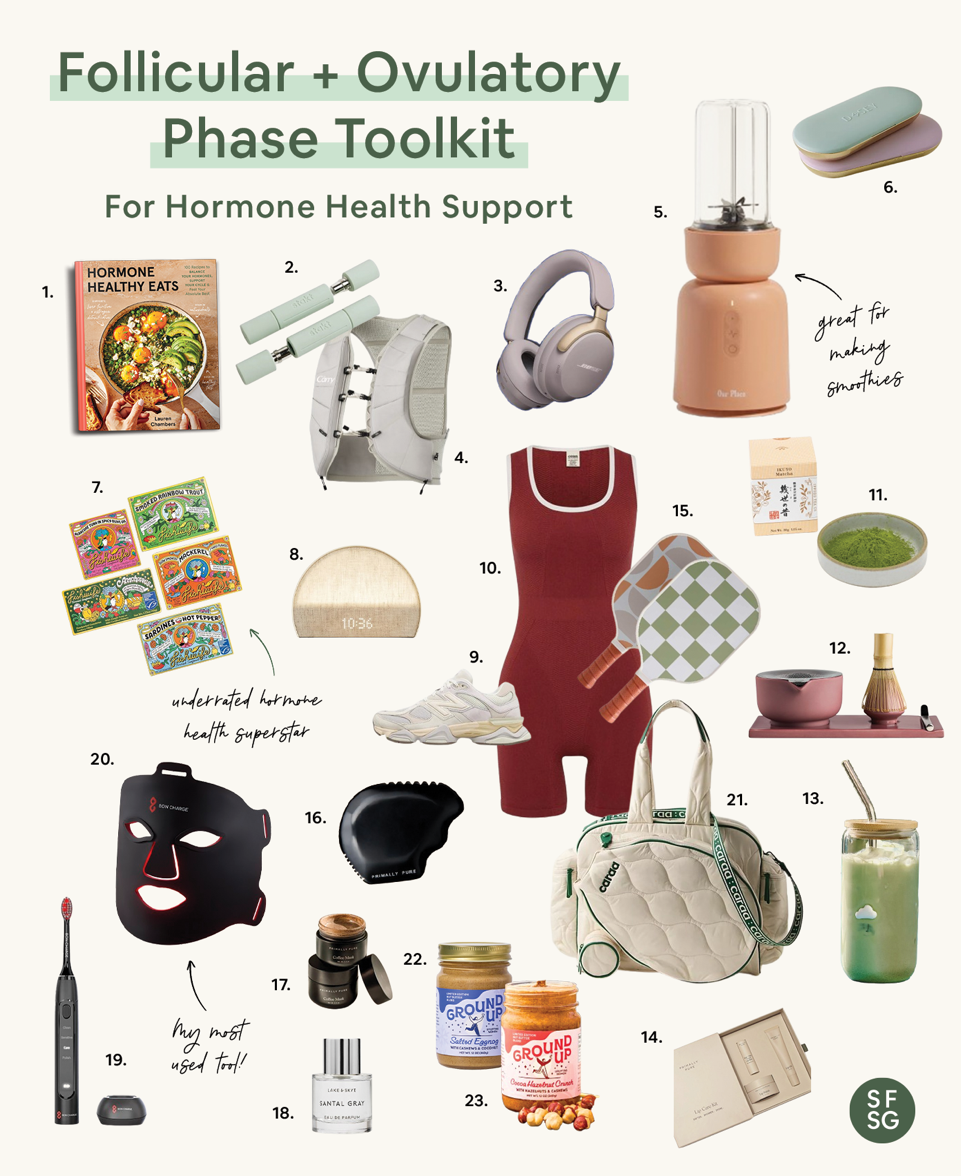recipes
lifestyle
wellness
motherhood
mindset
About
E-Books
Blog
Freebies
partnerships
hi, i'm lauren!
hey there!
I’m on a hot mission to help you balance your hormones & live your best life.
categories
Home
Quiz
Get In Touch
The Course
search:
Cookbook
Recipe key
GF
VG
P
Vegan
Gluten Free
Paleo
DF
Dairy-Free
download now
Join Hormone Healthy Eats!
Become a SFNSG insider to get my monthly Substack, Hormone Healthy Eats! Packed with the latest hormone-healthy recipes
+ tips.
jump to recipe >
MY PERSONAL HORMONAL ACNE JOURNEY
I won’t lie, I was blessed with pretty good skin during my teens and early twenties.
But after years of depriving myself of nutrients due to dieting, dehydration (too much alcohol, not enough water), plenty of stress (finding a job, paying rent, etc.) and consistent use of toxic makeup and beauty products, these practices began to take a major toll on my hormones, and with it the appearance of my skin.
Suddenly, after years of virtually clear skin I was experiencing inflammation and breakouts so embarrassing I didn’t want to leave my house (especially the week leading up to my period). I purchased blemish coverup, ordered Proactive and began seeing a dermatologist who gave me injections and put me on antibiotics, which, as you can guess, only made things worse in the long-term.
Eventually, I changed up my diet (trading calorie counting for real and nutrient-dense food), started drinking more water, switched to non-toxic products and worked on naturally balancing my hormones through my lifestyle, which had the biggest impact on my skin overall.
I can now say, at 35, I get more compliments on my skin than I ever have. I don’t do crazy treatments, I don’t spend a ton of money on skincare, and I don’t visit the dermatologist regularly (or like, ever). Truly, clear and radiant skin is an inside job, and once you understand the connection between your skin, hormones and cycle, you’ll have the tools to dramatically clear up your skin, all month long.
WHAT CAUSES HORMONAL ACNE + BREAKOUTS
If you’re a female with a menstrual cycle, you experience a rise and fall of reproductive hormones each month (mainly estrogen, testosterone and progesterone) which triggers both ovulation and menstruation.
These cyclical hormonal changes are normal, but corresponding symptoms like acne, breakouts or inflammation are not. Cyclical breakouts may happen during certain times of the month, but this is due to an underlying hormone imbalance, not your cycle itself. In other words, as Alisa Vitti says, “Your hormonal shifts load the gun, but any imbalances are what really pull the trigger. ”
Thus the most effective strategy to solve hormonal acne is to address any hormone imbalances, specifically by understanding the four phases of your cycle, how they can impact your skin if something is amiss, and how to clear up breakouts through naturally balancing and supporting your hormones.
**Think You Have A Hormone Imbalance? Take this quiz to investigate.
THE CONNECTION BETWEEN YOUR HORMONES, CYCLE + SKIN & WHAT TO DO ABOUT IT
There are four phases your hormonal cycle and skin go through each month. To get to the root-cause of hormonal breakouts, it’s important to understand what’s happening during each phase to address underlying issues and support your skin.
Follicular Phase
During the first 1-10 days after menstruation, estrogen and testosterone slowly begin to rise, providing elasticity, thickness and moisture to your skin, thanks to the production of collagen. When hormones are balanced, your skin should be glowing, clear and radiant. Hormonal breakouts are much less common during this phase, but if you do experience them, it’s most likely a result of chronic stress, inflammation, or an underlying gut imbalance.
What To Do
+ Try adding more inflammation-fighting foods into your diet, such as omega-3-fatty acid rich salmon, eggs, leafy greens and citrus
+ Work on coping techniques and reducing stress naturally to lower cortisol levels
Skincare Routine Tips
In a balanced menstrual cycle, your skin should be looking and feeling good during this phase, so now is the time to go light on makeup and simple with your skincare routine. Try cleansing with a non-toxic oil-based cleanser and warm water, follow up with a light moisturizer, and schedule any facials or extractions during this phase.
Ovulatory Phase
The 2-3 days after your follicular phase, estrogen and testosterone will be at their peak, helping your skin look it’s best (hello mother nature’s way of helping you attract a mate to procreate). If you experience breakouts during this phase, it’s most likely because either your estrogen is too high (leading to inflammation) or your testosterone is too high (causing your sebaceous glands to produce more oil that can lead to breakouts).
What To Do
+ Add 1 tbsp of flaxseed daily during this phase to help lower testosterone
+ Limit excess alcohol + caffeine (which puts extra strain on your liver, leading to excess estrogen) as well as added sugar and processed foods (which messes with insulin, leading to higher testosterone levels)
+ Swap endocrine-disrupting toxic beauty products for clean, non-toxic options
Skincare Routine Tips
During a balanced, healthy menstrual cycle, this should be the phase where skin is looking and feeling your best, so you don’t need many products or treatments. Try and limit makeup and let your skin breathe and show off its natural beauty. It’s also a great time to incorporate practices like gua sha, jade rolling or dry brushing, which helps your lymph offload extra estrogen and prepares it for the next phase.
Luteal Phase
The 10-14 days after ovulation are considered your luteal phase. During this time, estrogen and testosterone begin their decline and progesterone begins to rise rapidly, in order to thicken your uterine lining and help prepare your body for a potential pregnancy. It also increases sebum (oil) production on your face, and can cause breakouts, blackheads and more oily looking skin, especially if there is an underlying hormone imbalance at play (typically related to low progesterone).
Because of this fluctuation of hormones, the second half of your cycle is a crucial phase where many women become susceptible to breakouts. Acne during this phase is typically an indicator that your body isn’t processing hormones properly, especially estrogen and testosterone (which were just at their peak and if not eliminated efficiently fuel acne thereafter).
For women with optimally functioning endocrine systems, these hormonal peaks don’t cause a lot of problems. But for women who can’t process hormones correctly, acne is often the unwanted result.
What To Do
+ Drink plenty of water, which helps to eliminate bloating, puffiness and excess hormones
+ Make sure you’re going to the bathroom regularly (if you’re constipated it’s easy for estrogen to build up in your system). Water, fiber-rich foods, ginger tea, probiotics and a magnesium supplement can all help
Skincare Routine Tips
Now is the time to up your skincare game in order to work with the excess oil being produced and prevent any breakouts. I swear by using an oil-based serum (this one is amazing for reducing inflammation and soothing skin) to counteract sebum production (sounds counterintuitive, but it works), as well as a green clay mask to help draw out impurities and balance PH levels.
I’ll use my oil-based cleanser with a warm wash cloth, followed by the mask, then the soothing serum and end with my moisturizer. I’ll frequently spritz my face with this Everything Spray, which contains witch hazel and tea tree oil to disinfect and tone the skin and I continue to do face rolling and gua sha to stimulate my lymph, eliminating excess estrogen and bloat. **If interested in purchasing the non-toxic Primally Pure products I use and love, you can use my code SOFRESH10 to save 10% off any purchase.
Menstrual Phase
During your period, all of your reproductive hormones are at their lowest. The decrease in estrogen and testosterone can cause your skin to feel more dry and dull, however the menstrual phase typically offers healing from any breakouts you may have experienced during the luteal phase. If not, continual breakouts could be related to an underlying gut condition, excess stress, or PCOS.
What To Do
+ Add herbs + supplements like magnesium for cell renewal, probiotics to replenish good gut bacteria, and an activated B-vitamin complex to help skin renew + regenerate
+ Drink plenty of water to keep skin from looking dull and dehydrated
+ Rest and prioritize sleep
Skincare Routine Tips
This is the time of your cycle to focus on restorative, regenerative and soothing skincare. Think gentle plumping masks (this one is my favorite) or moisturizing masks with raw honey (like this one, which also has extra anti-inflammatory properties). During this phase I continue using my cleansing oil with warm water and a wash cloth, use one of the two hydrating/plumping masks above, add on a few drops of plumping serum and finish with a moisturizing cream.
WHY HORMONAL BIRTH CONTROL ISN’T THE ANSWER TO TREATING HORMONAL ACNE
If you’ve been struggling with hormonal breakouts or cyclical acne for awhile, you may have been to a dermatologist or doctor who’ve recommend getting on the pill.
While hormonal birth control will flatten and suppress your natural hormone cycle, which can clear up skin issues in the short-term, I think it’s so important to understand the long-term effects of hormonal birth control on your body, which include a huge disruption to your microbiome, endocrine system and micronutrient levels — all systems critical for keeping your skin clear long-term.
This is why so many women experience acne post-birth-control-withdrawal, as the pill simply masked symptoms, not solved them (and most likely made them worse).
I’m not trying to discourage you from taking the pill, especially if you feel it’s right for you, but I do want you to have all the facts and know that there are other options that will be more supportive of your hormones and skin in the long-term.
BOTTOMLINE
Hormonal acne is a symptom of an underlying imbalance, and the most effective way at clearing it up for good is to practice cycle-syncing to support your skin and hormones through fluctuation/phase.
Other free resources to help you get started include:
+ Hormone Balancing Superfoods and Staples For Your Freezer, Fridge + Pantry
+ How To Eat For Each Phase Of Your Menstrual Cycle
+ Do You Have a Hormone Imbalance? Take this free quiz to investigate
+ How To Support Your Hormones During Stressful Times

If you loved that...

01.

02.

03.

04.

05.
hey!
Keep Browsing
Site
Keep Browsing
Site
the
about
e-books
blog
downloads
quiz
Welcome friend, I'm lauren.
I’m honored to support you on your journey to optimal hormone health + happiness. Thanks for being here babe.


